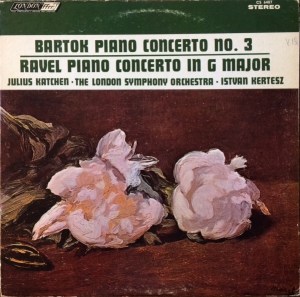More of the music of Antonin Dvorak (1841-1904)
Hot Stamper Pressings of Orchestral Recordings Available Now
What do the best pressings all have in common?
There the ones with brass that is both powerful and weighty. That’s the sound that has the drive and energy to move the listener. As a rule, the tympani too will sound right when the brass has the air-moving power it should. The same is true for the lower strings.
Without fullness, richness and clarity in the area below the midrange, neither the sound nor the music can succeed. Many of the pressings we auditioned early on in an elimination round could not reproduce the brass with much weight; consequently they did not make it to the shootout.
(Sibelius’ Finlandia is the same way; it needs real weight down low. The huge brass opening of the piece is breathtaking on the best copies.)
Some of Our Favorite Orchestral Recordings with Especially Weighty Brass
Our Previous Hot Stamper Commentary
Presenting yet another remarkable Demo Disc from the Golden Age of Vacuum Tube Recording Technology, in this case 1961, with the added benefit of mastering courtesy of the more modern equipment of the ’70s, in this case 1970. (We are of course here referring to the good modern equipment of 40 years ago, not the bad modern mastering equipment of today.)
The New York critic W. J. Henderson raved:
It is a great symphony and must take its place among the finest works in the form produced since the death of Beethoven.
An Overview
We got off to a rough start with this piece of music. The early pressings we played were often sonically uninspiring, and that’s being charitable.
- The London Blueback pressings with Kubelik (CS 6020) that we had thought were competitive with some of the better recordings we had on hand turned out to be generally disappointing. The strings were often hard and shrill, the overall sound crude and full of tube smear. These Londons cost us a pretty penny owing to the very high quality condition we require them to be in for our shootouts. All that time, effort and money was in the end for naught. A big chunk of dough was headed down the drain.
- The Stereo Treasury pressing of this same performance sounded better to us than any of the Bluebacks we played but far from competitive with the recordings we ended up preferring.
- The Londons and Deccas from 1967 with Kertesz conducting the LSO also left much to be desired sonically. After hearing the 9th on both London and Decca, we did a quick needle drop on the other symphonies from the complete cycle that Kertesz conducted and concluded that none of them were worth our time. The trade-in pile was growing ever taller.
- Then some good news came our way when we dropped the needle on the Decca/London recording with Mehta and the LA Phil. Our best London sounded shockingly good, much better than the one Decca pressing we had on hand.His 8th Symphony (CS 6979) is also quite good by the way. This is surprising because we rarely like anything by Mehta and the LA Phil. from this period — the recording in question is from 1975 — but of course we are happy to be surprised when they sound as good as the ones we played.
The one that seemed to have the best balance of sound quality and performance was conducted by Istvan Kertesz, but not with the LSO. His recording with the Vienna Philharmonic in 1961, his debut for Decca as a matter of fact, is the one that ended up winning our first shootout of a dozen pressings or so. Our review of it can be found here.
Further Reading

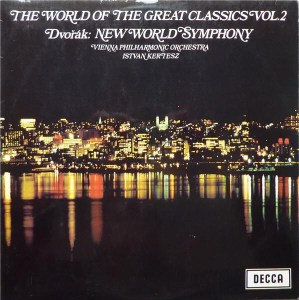

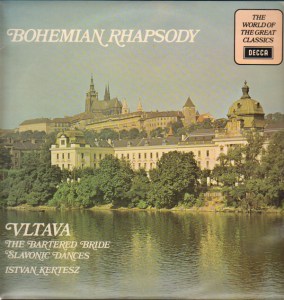
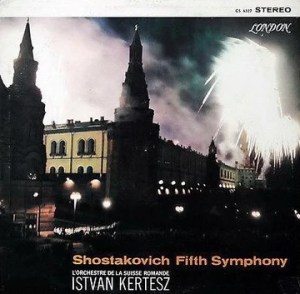
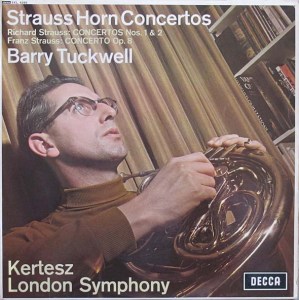

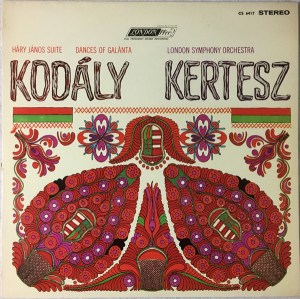
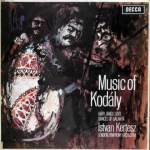 Quality record production is a lost art, and it’s been lost for a very long time.
Quality record production is a lost art, and it’s been lost for a very long time.